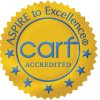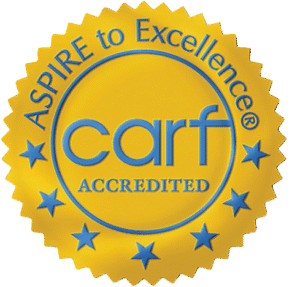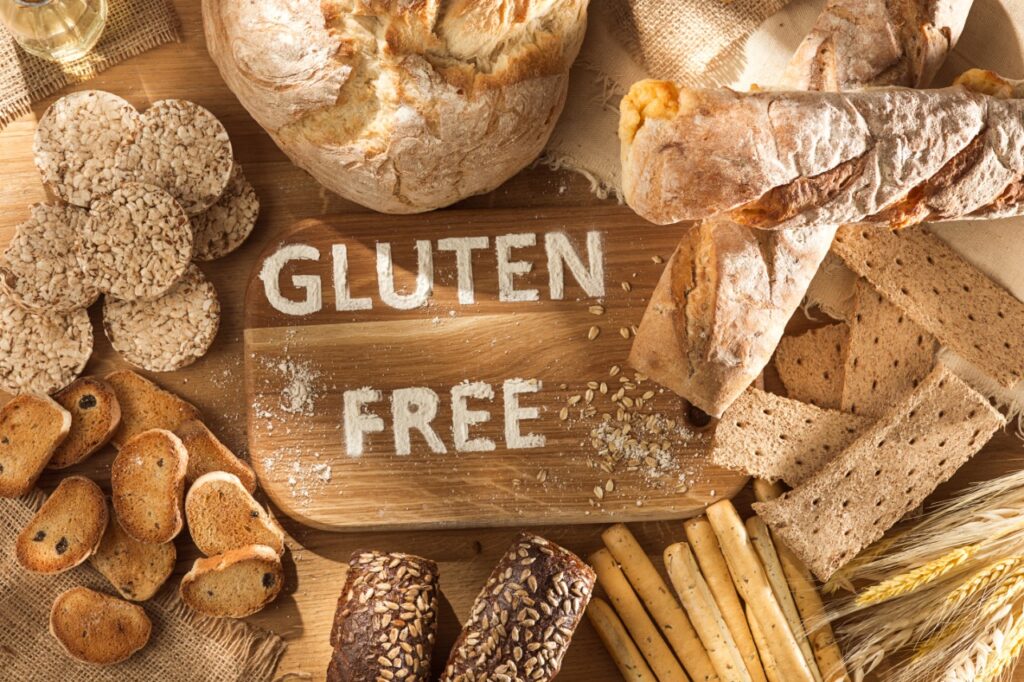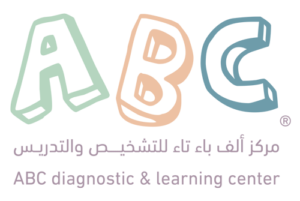What is Autism Spectrum Disorder (ASD)?
Autism spectrum disorder (ASD) is a brain development disorder that affects how a person perceives and interacts with others, resulting in social interaction and communication issues. Limited and repetitive patterns of conduct are also part of the illness. In autism spectrum disorder, the term “spectrum” refers to the vast range of symptoms and severity.
Autism signs appear in children as early as the first year of life. A small percentage of children appear to develop normally in the first year, but subsequently regress between the ages of 18 and 24 months, when they begin to show autism symptoms.
What is a gluten-free, casein-free diet?
The GFCF diet stands for gluten-free/casein-free diet. It is one of a number of alternative treatments for autistic children. All foods containing gluten and casein are eliminated from the child’s daily food intake when following this strict elimination diet. In this article, we will discuss the benefits of GFCF, what are the appropriate foods for this diet, and foods that you should avoid.
The Theory Behind the Gluten-Free Casein-Free Diet
The benefit of a gluten-free/casein-free diet is based on the assumption that children with autism may have a gluten or casein allergy or sensitivity. According to the theory, children with autism digest peptides and proteins in gluten and casein-containing meals differently than normal people. This difference in processing may, in theory, exacerbate autistic symptoms. Some believe that the brain treats these proteins as if they were synthetic opiates. They claim that a child’s reaction to these substances causes him or her to behave in a certain way. The goal of using the diet is to minimize symptoms and improve social, cognitive, and verbal habits.
Gluten free foods
Gluten is a protein found in grains such as wheat, rye, barley, and some oats. Most bread, pasta, cereals, cookies, cakes, and pretzels contain gluten. They must be removed from the diet.
Which foods contain Casein?
Casein is a kind of protein found in dairy products. Casein is found in cow’s and goat’s milk, as well as butter, yogurt, ice cream, cheese, and cream. Butter that has had the casein removed is known as ghee. If your child is not allergic or sensitive to dairy, you can use ghee.
How do I start the GF/CF diet?
- Begin the diet gradually. Don’t try to eliminate all gluten and casein-containing foods at the same time. Gradually introduce new gluten-free and casein-free meals, typically one every three to seven days. If a new food produces an issue, you’ll be able to pinpoint which one it was. It could take up to three months to completely eliminate gluten and casein from your diet.
- Buy only a tiny amount of the new foods. Only buy these in quantity if you know your child will enjoy them.
- You should read food labels. You can also find gluten and casein can in a variety of forms and under a variety of names.
- Keeping a food and behavior journal is a good idea. Keep track of what your child eats and any changes in behavior.It also might help you to figure out whether there is a link between specific foods and certain behaviors.
- Because this diet is low in calcium and vitamin D, encourage alternative calcium-rich beverages, such as: calcium-fortified potato milk , soy milk, orange juice, in addition to rice milk.
What you can eat on the Gluten-Free Casein-Free diet?
| Food | Allowed | Avoid |
| Meat, Fish, Poultry | Fresh meat, Fish ,Seafood, Poultry | Pre-prepared meats, Cured Meats, Luncheon meats, and sausages containing wheat, rye, oats, barley. |
| Eggs | All, raw or cooked | Eggs in gluten or dairy-based sauces. Eg: Wheat-based white sauce |
| Grains | Rice BuckwheatMilletQuinoaSorghumTeffGluten-free noodles gluten free pastaSweet potato | WheatBarleyOatsSpeltKamutRyeCous CousSemolinaPasta and gnocchi |









